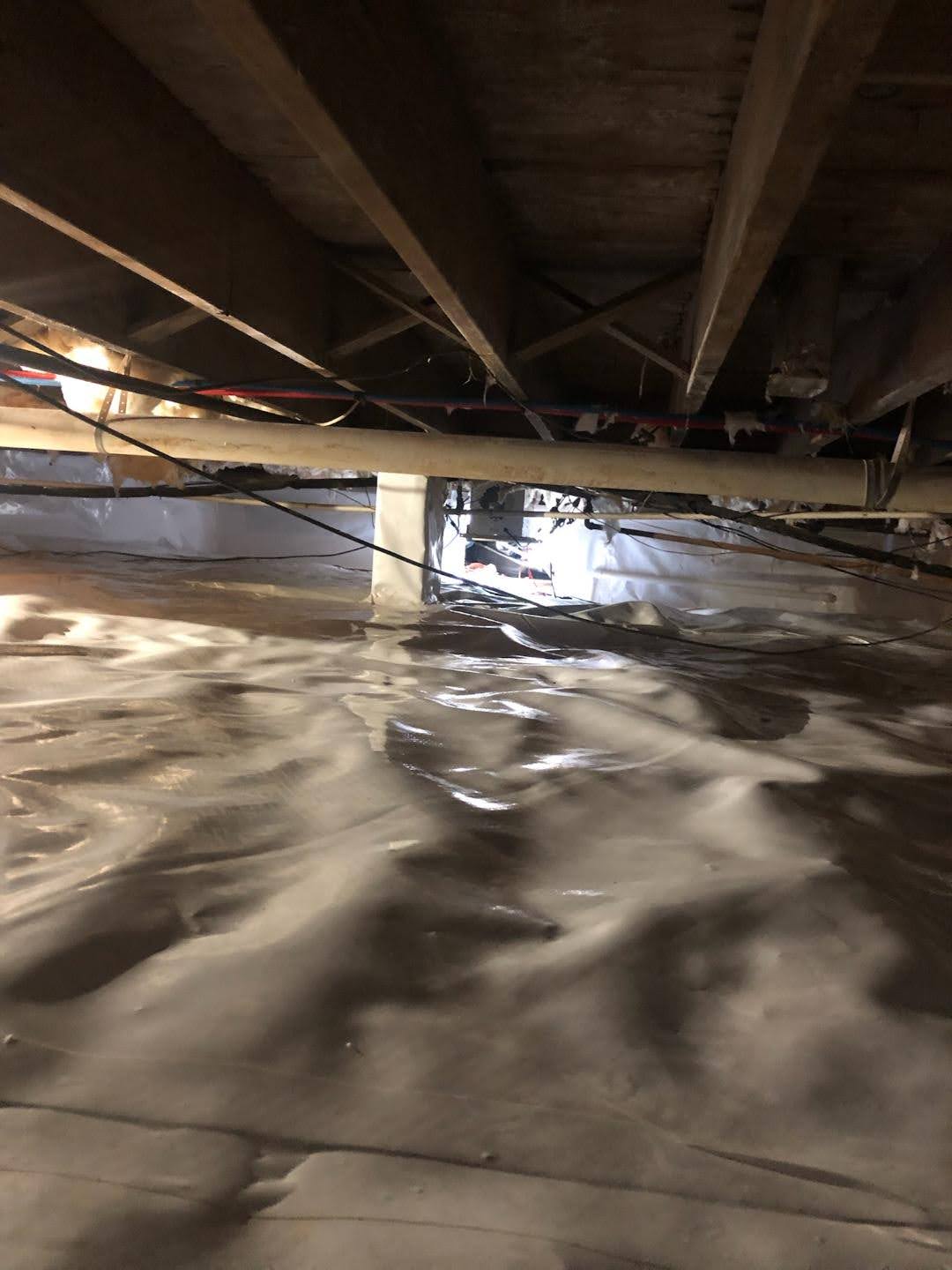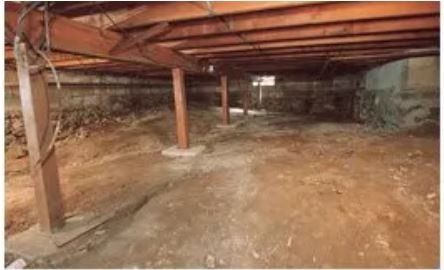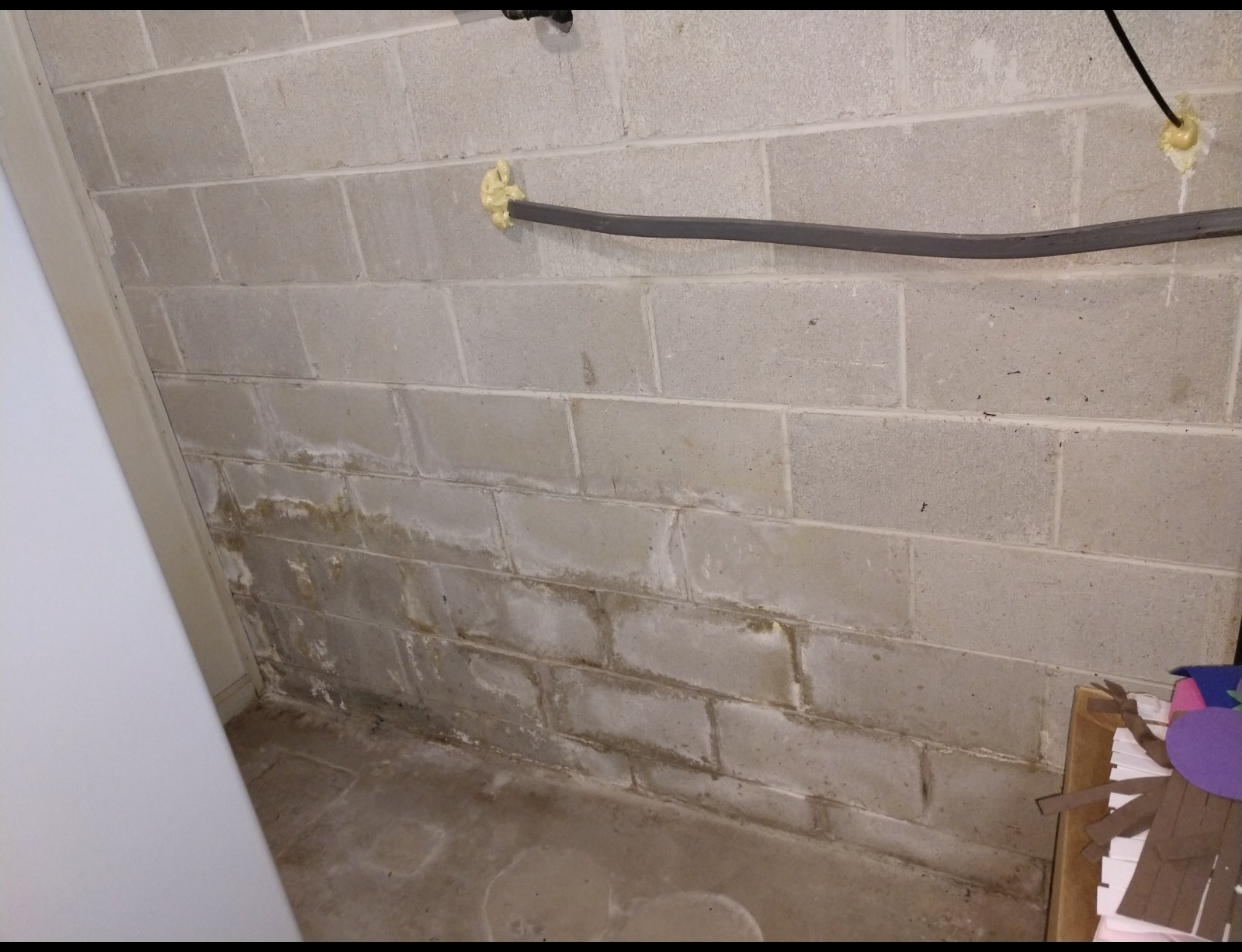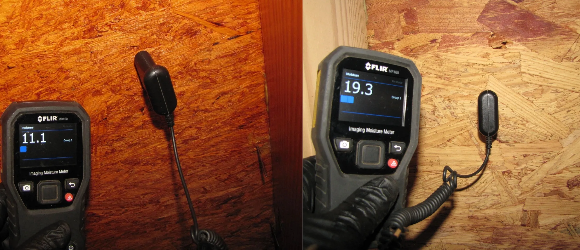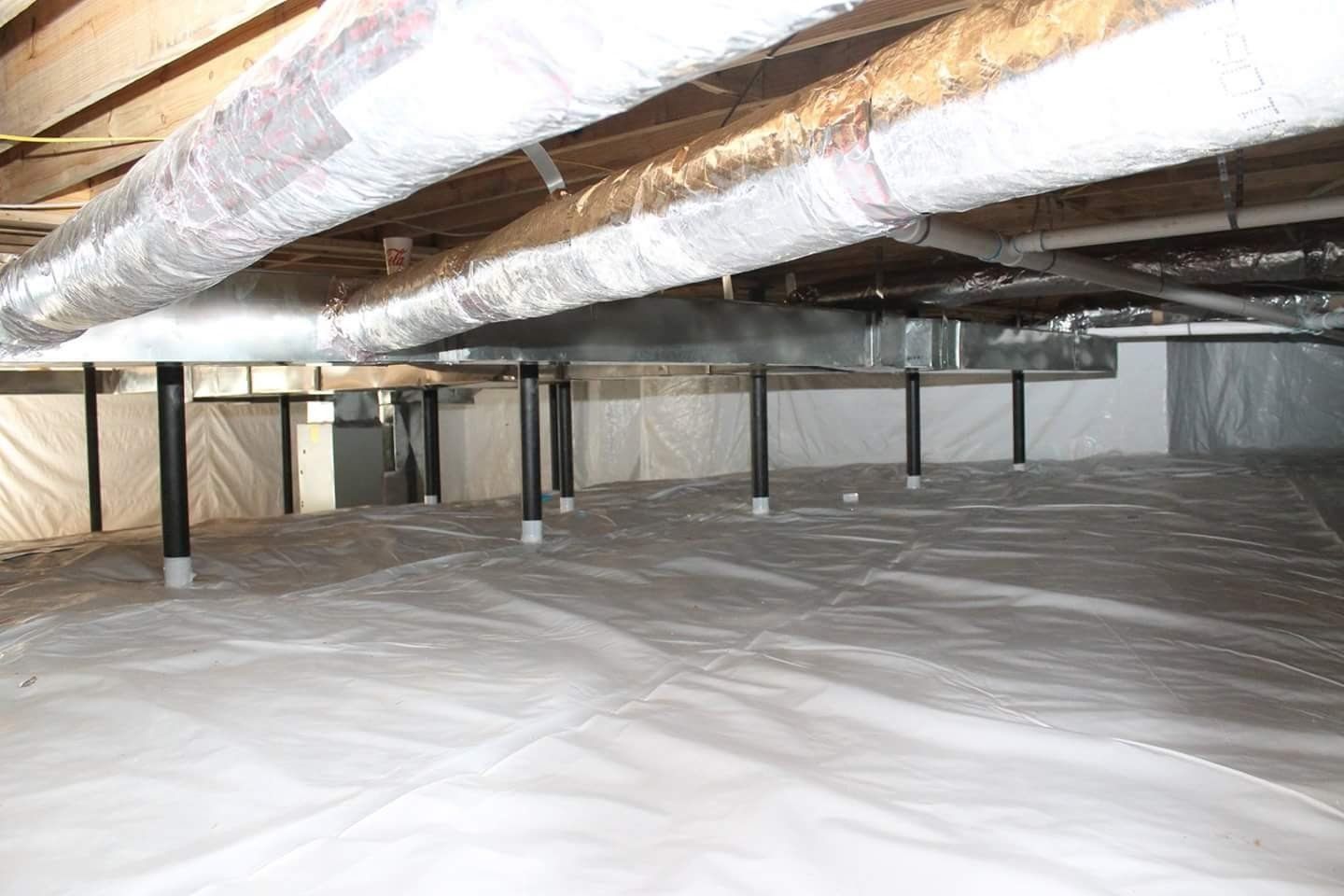4 Tips to Protect Your Home's Foundation From Water Damage

Maintaining the integrity of your house's foundation is one of the most important aspects of being a homeowner. Poor soil conditions, an improper construction, invasive tree roots, and an incorrectly installed pool are a few of the many things that can damage your foundation. However, another issue creates the most damage: water.
Here are a few ways you can protect your home's foundation from water damage.
1. Improve Drainage Around Your Foundation's Perimeter
Diverting water away from the foundation by improving drainage will help prevent moisture and rainwater from seeping into the porous cement foundation. Here are a few ways to improve drainage around your foundation:
- Increase the ground slope. Grade the lawn and alter the foliage to divert water downward and away from the home. Divert the water toward a low point in the lawn to create a beautiful rain garden.
- Install a French drain. A perforated drain is underground. You use it to divert water away from your foundation. Because it is underground, the French drain will not impact the look of your yard.
- Install a dry well. Installers dig a deep, large hole and fill it with gravel that captures the excess water and diverts it away from your home. This is an ideal solution to divert rainwater after a heavy rainfall.
Utilize more than one of the above-mentioned techniques if the drainage around your foundation is very poor or if cracks or other damage to your foundation exists.
2. Maintain Your Home's Gutters and Downspouts
Cleaning your gutters and downspouts several times a year will prevent them from overflowing and the water from traveling down the siding and into your foundation. Install downspout extenders if the water does not divert far enough away from your home by the existing gutters and downspouts.
If the downspouts are not adequately funneling water from the foundation, install underground diverters. Place the metal diverters so the water funnels into a storm drain or a low point in the yard that is far from your home.
3. Cut Back the Foliage Around Your Foundation
Trees, shrubs, vines, and other plant life around the foundation will mask its appearance. Plants will also prevent airflow around the foundation. Leave at least a one-foot space between your foundation and the foliage. This is healthier for the plants and your foundation.
Eliminate vines growing on your foundation. They will cause moisture issues that, in addition to damaging the foundation, will lead to mold formation.
4. Install a Sump Pump
Protecting your foundation from the water inside your home is equally as important as protecting the foundation from water on the outside. Quickly eliminate foundation damage from standing water with a sump pump. The pump is in the basement floor and will continuously eliminate any groundwater that seeps into your home, in addition to floodwater.
Properly maintain existing sump pumps to ensure they are functional. Schedule a yearly inspection, contact a professional immediately to fix any issues, and prevent dirt and debris from falling into the sump pit. Cleaning the floor around the sump pit is the best way to prevent this.
Heavy rainfall, flooding, and power outages will cause extensive damage to your home's foundation. Installing a secondary, battery-operated sump pump will prevent this disaster. Like your primary pump, inspecting the battery-operated secondary pump yearly will ensure it is ready when you need it.
Protecting your foundation now from the damage that excess water causes will prevent hefty repairs in the future. If you have any more questions about foundation repair or basement waterproofing, contact the professionals at H2O Waterproofing today. We're here to help you.
Search Post
Recent Posts
Share post

